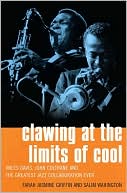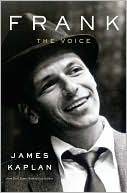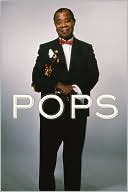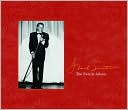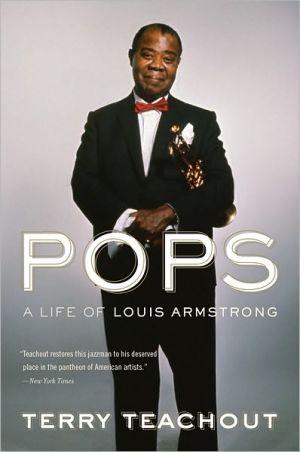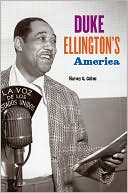Clawing at the Limits of Cool: Miles Davis, John Coltrane, and the Greatest Jazz Collaboration Ever
Search in google:
When the renowned trumpeter and bandleader Miles Davis chose the members of his quintet in 1955, he passed over well-known, respected saxophonists such as Sonny Rollins to pick out the young, still untested John Coltrane. What might have seemed like a minor decision at the time would instead set the course not just for each of their careers but for jazz itself. Clawing at the Limits of Cool is the first book to focus on Davis and Coltrane’s musical interaction and its historical context, on the ways they influenced each other and the tremendous impact they’ve had on culture since then. It chronicles the drama of their collaboration, from their initial historic partnership to the interlude of their breakup, during which each man made tremendous progress toward his personal artistic goals. And it continues with the last leg of their journey together, a time when the Miles Davis group, featuring John Coltrane, forever changed the landscape of jazz. Authors Farah Jasmine Griffin and Salim Washington examine the profound implications that the Davis/Coltrane collaboration would have for jazz and African American culture, drawing parallels to the changing standards of African American identity with their public personas and private difficulties. With vastly different personal and musical styles, the two men could not have been more different. One exemplified the tough, closemouthed cool of the fifties while the other made the transition during this time from unfocused junkie to a religious pilgrim who would inspire others to pursue spiritual enlightenment in the coming decade. Their years together mark a watershed moment, and Clawing at the Limits of Cool draws on both cultural history and precise musical detail to illuminate the importance that their collaboration would have for jazz and American history as a whole. Publishers Weekly For a few years following 1955, John Coltrane performed in a band led by Miles Davis; it was during this period, Griffin (Who Set You Flowin'?) and Washington (a saxophonist who teaches at Brooklyn College) remind us, that Coltrane came into his own as a saxophonist and a jazz innovator. Washington's own jazz background leads to some intricately detailed musical analysis-so detailed that without the recordings at hand, untrained readers may well find themselves at a loss. Beyond that, the thesis is thin, relying on biographical recaps that emphasize the experiential gap between Davis, whose sound was hitting its first mature phase, and Coltrane, who was still in the process of finding himself as a musician (and simultaneously struggling with drug addiction). Where Ben Ratliff's recent Coltrane: The Story of a Sound probed, this study appears to glide on its subjects' reputations. The connection between Davis and Coltrane's musical awakenings and the rise of the civil rights movement seems obvious, but is largely suggested rather than demonstrated. Similarly, a hasty closing proposition, which likens the pair to trickster gods conducting "'an epic and heroic spiritual battle," falls flat. B&w photos throughout. (Aug. 8)Copyright © Reed Business Information, a division of Reed Elsevier Inc. All rights reserved.
Prelude: The Head 1Pass It On 29The Birth of a New Freedom 55Struggle and Ascent 109Interlude 151Clawing at the Limits of Cool 183The Tag 223Glossary 259Notes 267Bibliography 273Discography 277Index 283
